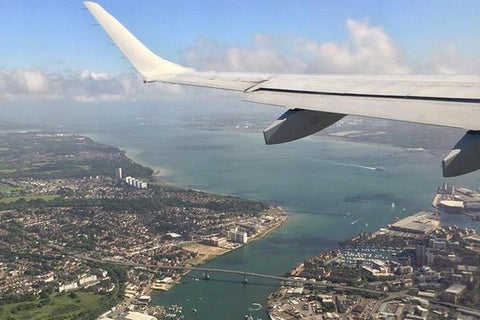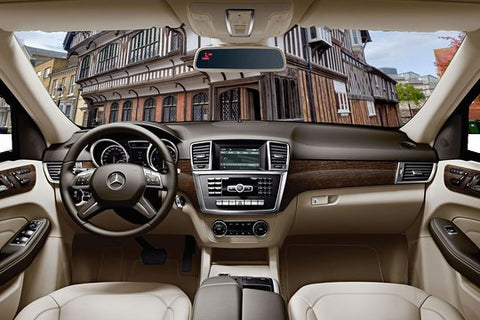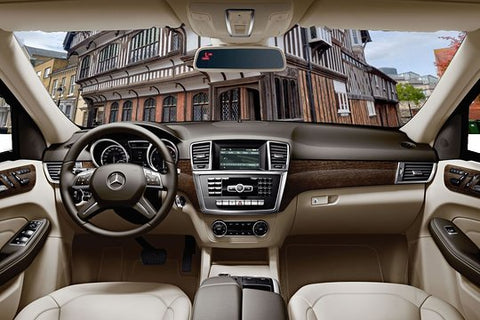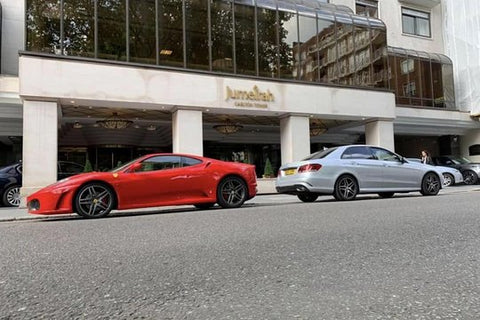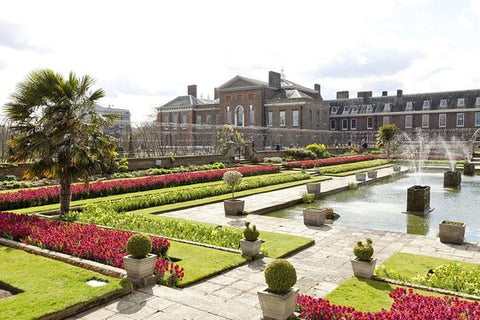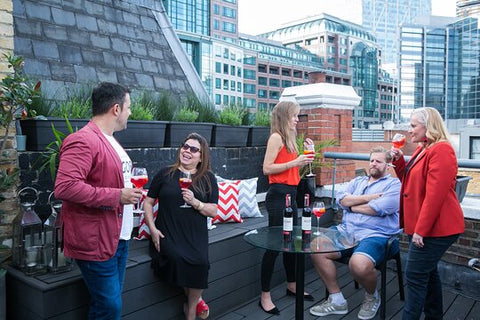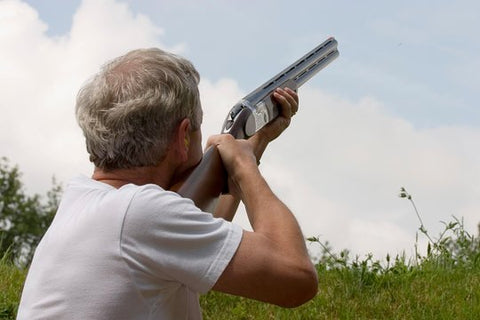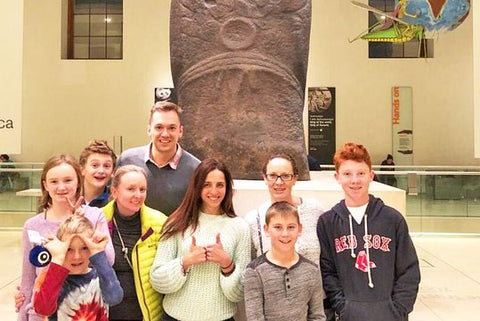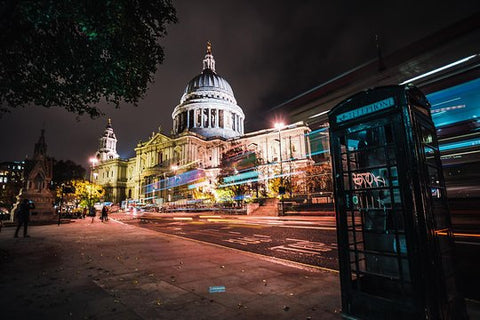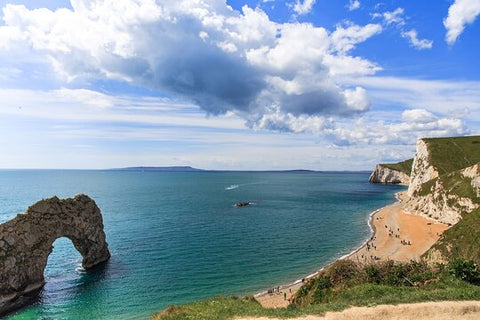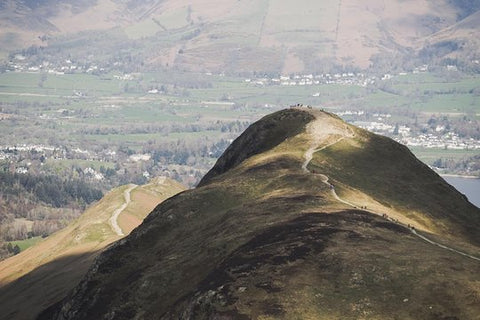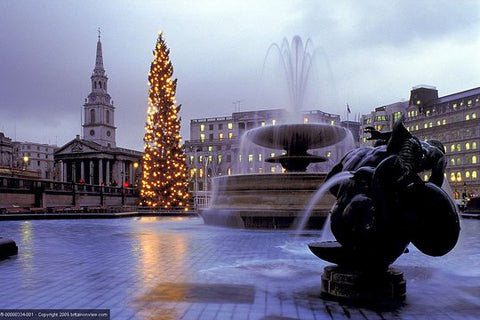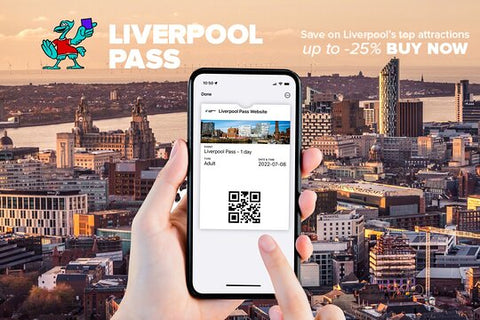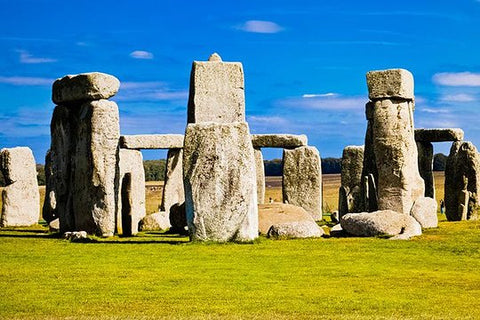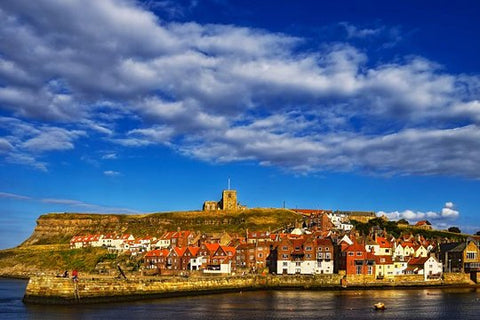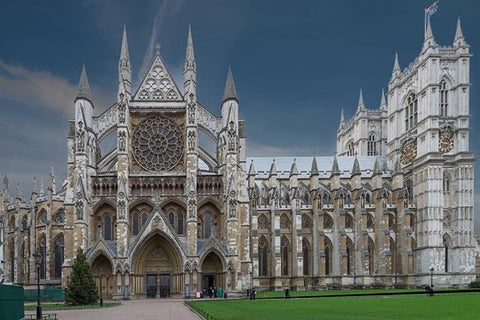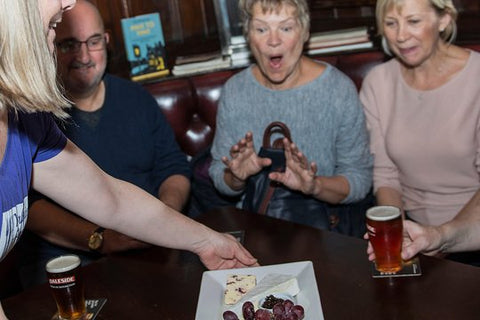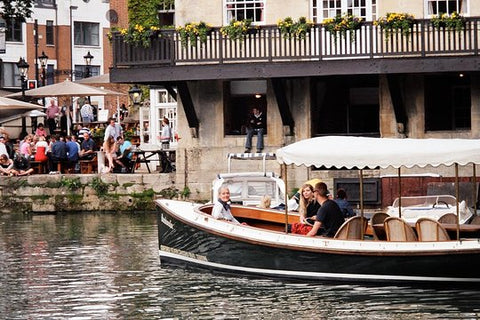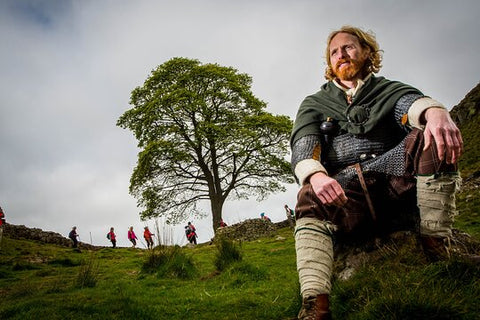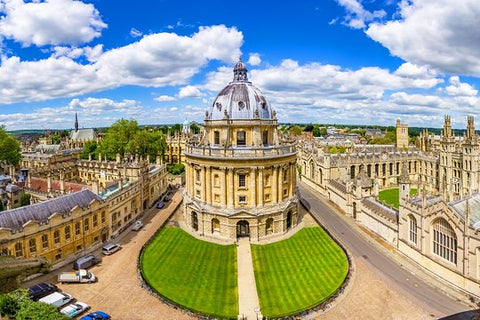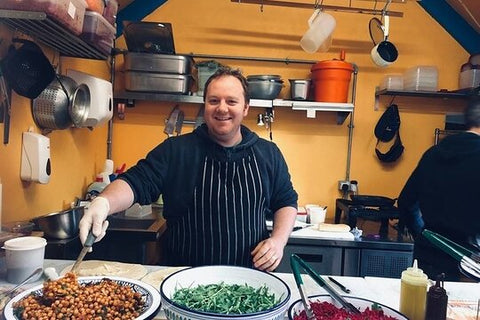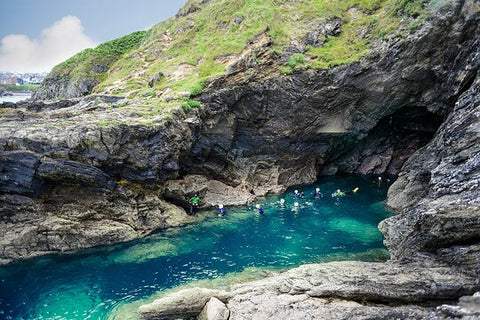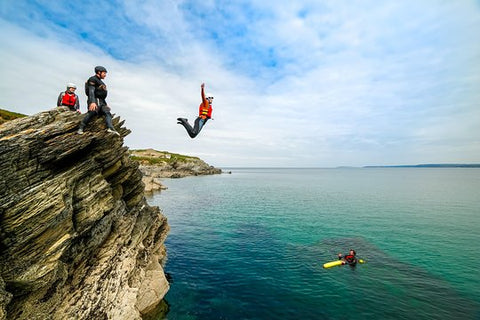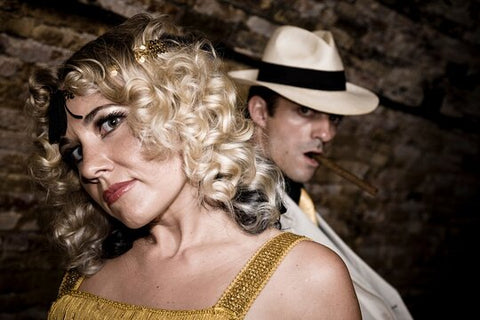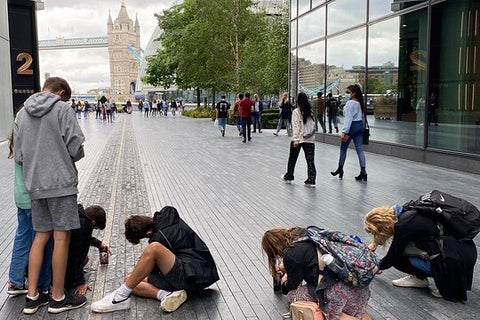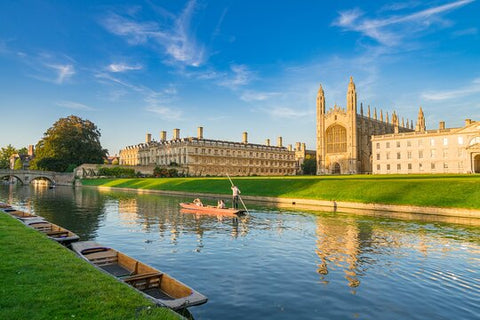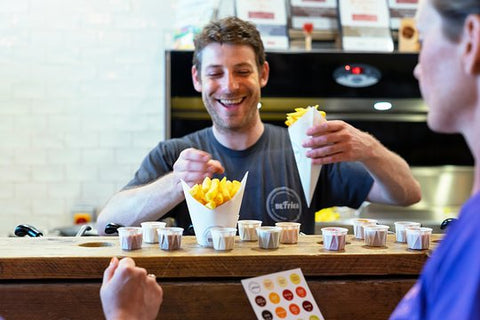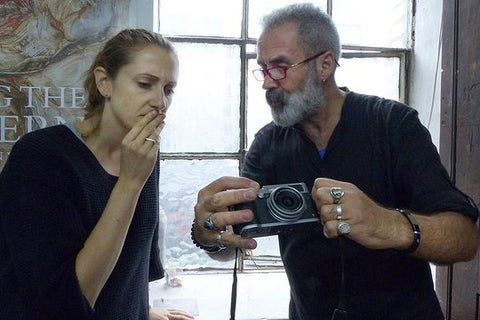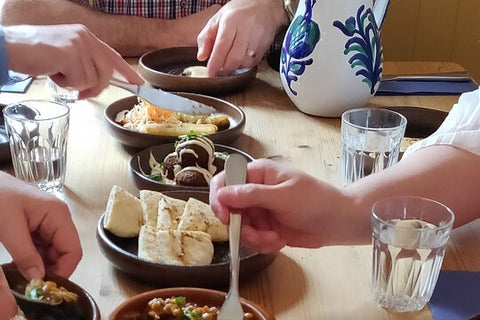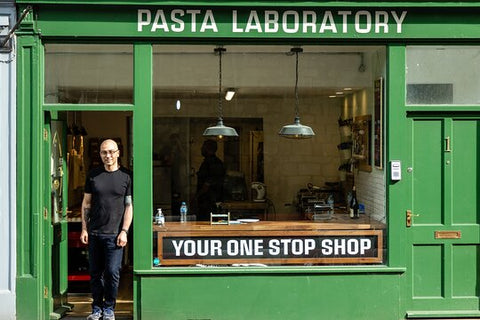London Skyline Tour Private Tours and Travel Guide Europe London CITY London Destination Tour
Travel Guide Tour. Vacation Tour.
War, fire, regeneration and technology in construction change the skyline of the world’s capitals. Tall buildings are an inevitable result of those changes, and although maybe a big concern for a city’s aesthetics, the roofs of those iconic buildings offer a great view of London. The tour will take in the skyline from the top of the 35-storey ‘Walkie-Talkie’ building in the historic financial district. Designed by Uruguayan architect Rafael Viñoly, the building houses a beautiful rooftop garden that provides uninterrupted views of London. Once at the top, our guide will tell you about the history and the stories of all-important London landmarks you will see such as Docklands, Tower Bridge, Tower of London, River Thames, St. Paul’s Cathedral, Monument, London Eye, Houses of Parliament, Big Ben, Buckingham Palace and many more. It is a stunning uninterrupted 360-degree sightseeing experience of London. This tour is for a half-day only and it could be any time of the day. Just ask!Guided Tour Images and Trip Photos at Pixarik.com!
Travel Guides, Vacation Rentals Photos, Custom Holiday Tours.
London Skyline Tour Private Tours and Travel Guide Europe London CITY London Destination TourGuided Tour Images and Trip Photos, Vacation Guide, All Tours !
Vacation Rentals, Hotels, Flights, Attractions Photos, Custom Travel Tours arround the glove. Short Term Rentals and Things To Do on Vacation
Tour Itinerary presented by Tourope UK
Tower Bridge is probably the city's most distinctive symbol of today. The Bridge shows a lot to its medieval predecessor London Bridge with its starlings and elaborate twin towers that give the bridge its name but it's not just a homage to the past, hidden inside that medieval looking exterior there's a rather wonderful piece of Victorian engineering and in its day it was the biggest and most sophisticated lifting bridge in the world. Unlike London Bridge, the genius of the design is that the bridge can act as a gateway swinging open to allow tall ships to pass through. We will tell you plenty of things about this masterpiece in London, just follow us!
Few prisons can claim to be as popular as the Tower of London, an attraction - unpleasant for some - for over 900 years. Its twenty towers are filled with an ancient tradition of royal blood, armor and jewels and the history to match. The Tower of London central structure began as a fort - used by the original builder William the Conqueror who completed the first tower around 1100 AD. At its completion it was the tallest building in London. Henry III had it whitewashed in the 13th century and the name, White Tower, has stuck. Later it evolved into a prison, used by Henry VII (and many others). Still later - and continuing to this day - it has acted as a repository for the extensive collection of crown jewels. Henry VII, nearly always short of money, had few jewels to store. But the stone complex, near the Tower Bridge alongside the River Thames, has also been used at various times to house the Royal Mint, the Public Records, the Royal Menagerie (later to form the starting point of the London Zoo) and an observatory (built in 1675). Listen to the rest of the story of the Tower of London from us today.
St Paul's Cathedral is a cathedral on Ludgate Hill, in the City of London, and the seat of the Bishop of London. The present building dates from the 17th century and is generally reckoned to be London's fourth St Paul’s Cathedral, although the number is higher if every major medieval reconstruction is counted as a new cathedral. The first cathedral was built of wood by the Saxons. It burned down in AD 675 and was rebuilt, again in wood, ten years later. After this version was sacked by the Vikings in 962, the "second" St Paul’s was built, this time mainly in stone. The predecessor to Wren's cathedral, the third St Paul’s (known as Old St Paul’s), was begun by the Normans after the late Saxon cathedral suffered in a fire of 1087. Work took over two hundred years, and a great deal was lost in a fire in 1136. Nonetheless, the roof was once more built of wood, which was ultimately to doom the building. St Paul is the symbol of a nation's resistance. We have plenty of stories to tell about Sir Christopher's masterpiece in the heart of London.
We, Londoners love giving nicknames. Even for the skyscrapers. Sky Garden is situated in our Walkie Talkie building offers an immaculate view of London. This is where you can have the Empire State or OWO feeling in London. The Sky Garden has been designed to create an open and vibrant place of relaxation away from the hubbub of the city, offering visitors a rare chance to experience London from a different perspective. The famous enlarged glass dome of 20 Fenchurch Street is dedicated to three storeys of exquisitely landscaped public gardens and London's most exclusive social spaces, including observation decks and an open-air terrace. Sky Garden also houses restaurants Darwin Brasserie, Fenchurch Seafood Bar & Grill and Sky Pod Bar where you can get lovely choices of international cuisine. Day or night, this place is one of the secret gems of the city and ready to be revealed by our APTG qualified blue badge tourist guides.
Trafalgar Square is London's iconic public square in the City of Westminster built around the area formerly known as Charing Cross. Its name commemorates the Battle of Trafalgar, a British naval victory in the Napoleonic Wars over France and Spain that took place on 21 October 1805 off the coast of Cape Trafalgar. The site of Trafalgar Square had been a significant landmark since the 13th century and originally contained the King's Mews. After George IV moved the mews to Buckingham Palace, the area was redeveloped by architect John Nash, but progress was slow after his death, and the square did not open until 1844. The 169-foot (52 m) Nelson's Column at its centre is guarded by four lion statues. A number of commemorative statues and sculptures occupy the square, but the Fourth Plinth left empty since 1840, has been host to contemporary art since 1999. The square has been used for community gatherings and political demonstrations, including Bloody Sunday in 1887, the culmination of the first Aldermaston March, anti-war protests, and campaigns against climate change. A Christmas tree has been donated to the square by Norway since 1947 and is erected for twelve days before and after Christmas Day. The square is a centre of annual celebrations on New Year's Eve but the London Eye obviously stole the thunder of Trafalgar Square since the Millenium. It was well known for its feral pigeons until their removal in the early 21st century. Here we can observe the National Gallery, architect Sir James Gibbs's masterpiece St Martin in the Fields Church and National Portrait Gallery.
Being one of the most important political buildings in the world, the United Kingdom's “White House”, Number 10 continuously hosts the British prime ministers since 1735. The main decisions affecting Britain's destiny in the last 275 years have seriously been taken behind its iconic black door. Today it's not possible to enter the street as a tourist but knowing the idea that an actual prime minister lives and works in the street is exhilarating.
Located right in the middle of London's iconic landmarks such as Houses of Parliament, Elizabeth Tower (a.k.a Big Ben), Whitehall, Saint-Margaret's Church, Westminster Abbey and Westminster Bridge. Parliament Square houses eleven state figures and world leaders, including Sir Winston Churchill, Gandhi and Nelson Mandela. Parliament Square in London is a popular destination among tourists. The atmosphere is magnificent and it's one of the must-visit locations in the city.
Westminster Abbey is a Church, burial ground, coronation site and much more and continues to attract visitors over 900 years after its founding. In many respects the architecture is common. There's the traditional cross-shaped floor plan with a nave, north and south transepts and several round side areas but both its execution and use raise The Collegiate Church of St Peter, Westminster (the official name) to among the highest examples of church construction. Here at Westminster Abbey lie buried kings and poets, scientists and philosophers who have themselves raised humankind to the highest levels. Isaac Newton and James Clerk Maxwell (discoverer of electromagnetic theory, which later leads to radio and TV), Chaucer and Kipling, Dr Samuel Johnson (creator of the first English dictionary) and many other justly famous names are interred here.
The Houses of Parliament, known also as the Palace of Westminster is where the two Houses of the Parliament of the United Kingdom (the House of Lords and the House of Commons) conduct their sittings. They lie on the north bank of the River Thames in the London borough of the City of Westminster, close by other government buildings in Whitehall. The oldest part of the building is still in existence, Westminster Hall, which dates from 1097. The palace originally served as a royal residence, but no monarch has lived in it since the 16th century. Most of the present Houses of Parliament structure dates from the 19th century when the Palace was rebuilt after it was almost entirely destroyed by a fire in 1834. The architects responsible for rebuilding the Palace was Sir Charles Barry and Augustus Welby Pugin, and the building is an example of the Gothic revival.
Explore the official entrance to St James and Buckingham Palace, since the Restoration of King Charles II in 1660. Lifeguards have stood guard at Horse Guards and ready to offer you a true British ceremony. Although Changing The Queen's Lifeguard is not as well-known as Changing the Guard at Buckingham Palace smaller crowds and no railings between you and the men and horses taking part make it ideal for those with younger children and those looking for some amazing pictures. The ceremony lasts about half an hour, and the mounted sentries change every hour, or half hour in very cold weather during the day until 16:00 when a dismounting ceremony takes place. The Queen's Lifeguard is normally provided by men of the Household Cavalry Mounted Regiment which consists of a Squadron of The Life Guards, who wear red tunics and white plumed helmets, and a Squadron of The Blues and Royals with blue tunics and red plumed helmets. Our APTG qualified blue badge tourist guides will be ready to tell you amazing stories about this ceremony. A simply not to be missed attraction in the heart of the city.




